Prepared by Andrew B. Coburn
As seen in Business Black Box
Q4 2015 Edition
In 2012, Congress passed the JOBS Act with the intent of making it easier for start-ups and smaller companies to raise capital. At the time, Regulation A was an existing Securities and Exchange Commission (SEC) regulation that provided the rules for one type of private securities offering, but it was not often used because it only allowed companies to raise a maximum of $5 million and Regulation A offerings were subject to state securities law registration requirements. In contrast, the most common type of private offering, a Rule 506 offering, has no limit on the amount of money that can be raised and is exempt from virtually all state registration requirements. The JOBS Act revised Regulation A to increase the offering limit to $50 million and, subject to certain requirements, exempt Regulation A offerings from state registration requirements. Final regulations implementing the revisions became effective in June, 2015, so it is time to consider whether Regulation A is now an attractive alternative to Rule 506. Regulation A could be used by a wide variety of companies, but we will focus on Regulation A as a potential option for start-ups and venture capital stage companies.
Time will be the ultimate test, but it does not appear likely that Regulation A will replace Rule 506 as the primary offering method for early stage companies. While helpful in many respects, the revisions made to Regulation A set up an offering process that is simpler than, but similar to, the full SEC initial public offering process. In a Regulation A offering, a company must submit offering documentation with specified form and content (Form 1-A) to the SEC for review and comment, and no sale of stock can occur unless and until the SEC “qualifies” the offering. Regulation A offerings can be made exempt from additional state securities law requirements, but only if the company is willing to engage in ongoing public reporting that includes annual, semi-annual and current reports that are a simplified version of those required for public companies.
Regulation A does have attractive features that are generally not available in Rule 506 offerings. For example, there are no restrictions on the number and types of investors that can invest in a Regulation A offering, and a Regulation A offering can be used to permit shareholders, not just the company, to sell stock. Regulation A also generally permits public solicitation of investors. (Rule 506 permits this but only if certain investor verification requirements are met and all investors are “accredited investors.”) In addition, with the increased limit under revised Regulation A, offering size generally should no longer be a significant factor in choosing between Regulation A and Rule 506. For many start-ups and venture capital companies, however, the SEC review process and the unhappy choice between public reporting or state law compliance may be just be too high a price to pay for the benefits of Regulation A.






